A couple of years back, I was practicing Sacred Warriorship* with my friend Vanessa on a hill in Prospect Park. It’s a hill at the center of the Long Meadow, populated with a few trees, one of which was planted by the Boy Scouts about 100 years ago. I now call this little land feature Compass Hill, some call it Kite Hill, others Roosevelt Hill. (I wonder what the Lenape called it, if this hill wasn’t a contour feature added by Olmstead & Vaux when they designed the park.)
When we practice, Vanessa instructs to find a point of focus, sometimes near, sometimes distant. Usually for me, it's a tree. I develop a kind of relationship with this tree, based on the impressions it leaves on me – is it telling me to be upright, to stay grounded, to not sway, to be flexible? These are the basic feelings I get from the trees. But this particular tree was saying something else: East. This tree is East, I felt. As I practiced I conjured up the associations with that direction – Air, Spring, Communication. After we were finished, I looked around at the other trees situated around the hill. That’s South, West, North – I spun around imagining the hill as a compass. And then I took out my phone’s compass to confirm. Sure enough, these trees were just about spot on with the four directions.
When we were all through I approached the East tree to give thanks for supporting me through my workout. As I approached I couldn’t help but smile as I noticed this tree had a feature just at the base of the tree that looked frighteningly similar to… an ear. Of course you have an ear! You are East! So now I call this tree the Great Eastern Listening Tree.
There was something else I noticed when I approached East tree, a feature that is common around many city trees. Trash, especially broken glass, strewn about the soil around the roots. I started to imagine how this glass got here. In many traditions, gifts are given to trees as thanks for all they give us. I couldn’t help but think, yes, people are leaving gifts to the trees, but perhaps the wrong ones.
I attribute this partially to the noise that bombards us daily, audible and visual – traffic, helicopters, planes, leaf blowers, media, etc. How can we hear the trees properly with so much noise? Of course we can also go to the obvious – it was just some careless kids smashing beer bottles on the ground perhaps to impress their friends. But there's more to it than that, isn't there? Our culture of isolation, our lack of community-structured and age-appropriate rites of passage, our lack of awareness and reverence for the natural world all contribute to a basic disrespect for each other and our shared earth. Most of us are surrounded by the built environment – concrete, steel, brick, glass – and often sitting behind screens for much of the day. We are separated from the material and energetic earth we all evolved from – who of us has our feet in the soil, our hair in the breeze, our nose in the blossoming flowers daily or even weekly? How can we respect what we don't know?
I’m in the midst of reading Braiding Sweetgrass by Robin Wall Kimmerer and she writes about a term used for this type of isolation: species loneliness. She writes, “It has been said that people of the modern world suffer a great sadness, a "species loneliness" — estrangement from the rest of Creation. We have built this isolation with our fear, with our arrogance, and with our homes brightly lit against the night."
The introduction of this term brings the relief of a diagnosis; I somehow feel better for having the words to describe this sort of deprivation I may have been feeling for much of my life. There's so much more to say about this, so much more that Robin describes very articulately. If you're interested in the concept, I recommend reading more of her work.
Robin also writes about how much the earth gives, and what do we give in return? Most of us go about our days consuming whatever we please without much thought as to how the earth has provided this food, clothing, shelter that keeps us feeling safe and secure. What do we have to give, but thanks?
Since I had the pleasure of meeting the Great Eastern Listening Tree, I started bringing gifts, usually various herbs – cinnamon chips, fennel seeds, lavender buds – to lay at the roots. I whisper secrets in his ear (and ask participants to do so in Gathering Ground classes as well). It finally dawned on me just a few weeks ago that I had another gift for this tree. So I set out on a Wednesday afternoon to begin giving. And by giving, I mean taking. I sat under my tree friend for about an hour or so, picking out the bits of glass and other discarded goods (bottle caps, a shredded tennis ball, two pennies that were cut, a dime, etc.). I filled large coffee two cups with trash, two cups that were trash themselves (I picked them out of the trashcan).
I feel like I'm just getting to know my tree friend and just beginning to understand what it means to give back to our community of multiple species. It just might be a lesson I'll continue to learn for the rest of my life.
*For more about Vanessa's amazing transformative work, visit her at Sacred Warrior.





